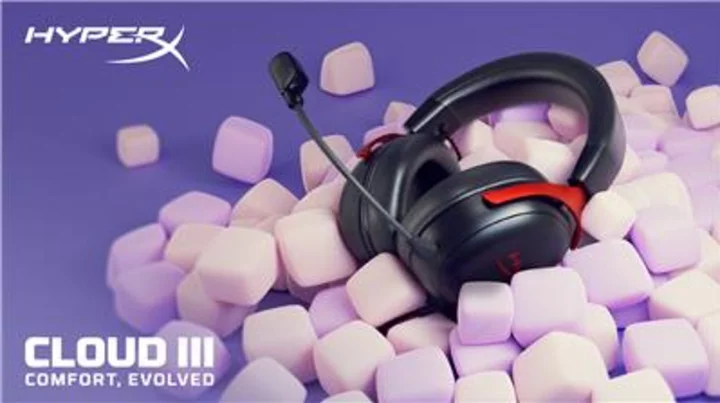
Streamline Innovations Introduces VALKYRIE® ECO and VALKYRIE ECO FLEX Products for H2S Treating in Biogas-to-RNG Upgrading Applications
SAN ANTONIO, Texas--(BUSINESS WIRE)--May 15, 2023--
2023-05-15 21:20

Google Bard AI chatbot waitlist removed, more languages added
Itching to try Google's Bard AI chatbot? As of today, Google is removing the waitlist
2023-05-11 02:17

xQc hunts for MTG's 'Lord of the Rings' card worth $2M, fans call him 'gaming Gollum'
xQc spent over $8K to buy Collector Booster boxes as he unboxed approximately 3,240 cards in search of the notoriously rare card
2023-06-26 14:21

Nvidia bets $25 billion that AI boom is far from over
By Stephen Nellis and Max A. Cherney Nvidia's CEO Jensen Huang said he expects the artificial intelligence boom
2023-08-24 09:27

HyperX Announces Cloud III Gaming Headset
FOUNTAIN VALLEY, Calif.--(BUSINESS WIRE)--May 30, 2023--
2023-05-30 18:18

Inside the race to remake lithium extraction for EV batteries
By Ernest Scheyder LAKE CHARLES, Louisiana The global battle to reshape the lithium industry is sucking in oil
2023-06-16 19:29

The Best Photo Editing Software for Macs in 2023
Creative types tend to favor Macs over Windows PCs, and photographers are no exception. When
2023-08-02 03:46

British consortium to invest $9 billion in Indonesia mining, EV batteries, minister says
JAKARTA A British consortium that includes mining giant Glencore will invest about $9 billion in Indonesia's mining and
2023-05-31 17:53

The best handheld gaming consoles of 2023
The Nintendo Switch has dominated the conversation around handheld gaming consoles for several years now
2023-05-09 03:26

Trump returns to social media site X, formerly Twitter, with mug shot post
WASHINGTON Former President Donald Trump returned to the social media site X, formerly known as Twitter, with a
2023-08-25 09:52

Exclusive-Head of engineering for Trump’s Truth Social app resigns
By Helen Coster NEW YORK The head of engineering for the company that operates former U.S. President Donald
2023-07-18 04:52

'I'm not her enemy': Chrishell Stause claps back at 'Selling Sunset' co-star Amanza Smith's slander
'Selling Sunset' Season 6 stars Chrishell Stause and Amanza Smith continue their drama off camera
2023-05-20 09:59
You Might Like...

Capcom Remixes Its Past With Exoprimal and Path of the Goddess

Schools got $190 billion in pandemic aid, but the funds haven't reversed learning loss

Texas Grid Regulator to Resign, Appointed After Deadly Disaster

Watch this robot teach us how to cook ramen

Experts say introduce these eight changes to extend your life

Amazon's $1.7 billion deal to buy Roomba maker iRobot gets UK approval

The best VPNs for UK Netflix

L&T Technology Services and BSNL Join Hands to Enable Private 5G Network Deployments for Enterprises
